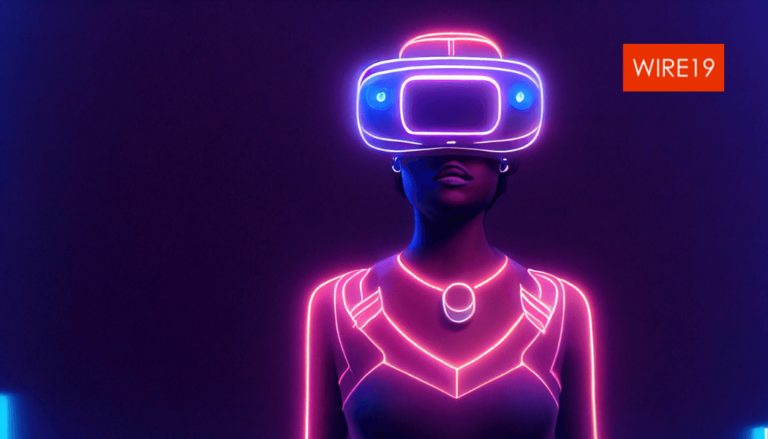
Source: news.google.com
The International Data Corporation (IDC) forecasts that global spending on augmented reality (AR) and virtual reality (VR) will reach $13.8 billion this year. This spending is expected to rise to $50.9 billion by 2026, with a five-year compound annual growth rate (CAGR) of 32.3%. VR will account for more than 70% of all AR/VR spend in the forecast period, with total spend split evenly between commercial and consumer applications.
The United States is expected to have the highest spending on AR/VR technology, accounting for more than a third of the market. China is expected to be the second largest region, with a five-year CAGR of 42.2% and spend accounting for nearly a quarter of the overall market by 2026.
Pacific Asia (excluding Japan) (APeJ) spending on AR/VR technologies is expected to grow at a compound annual growth rate (CAGR) of 42.4% (2021-26) and may reach $16.6 billion by 2026.
AR/VR spend by industry and use case for 2021-2026
The two largest areas for AR spending are industrial maintenance and training. These two categories together will account for almost a third of all AR spending. VR technology investments will be highest in training and collaboration, and these two categories together will account for nearly 44% of the market by 2026.
By the end of the forecast, virtual reality gaming and augmented reality gaming, the top two consumer use cases, will account for about 25% of all AR/VR spending.
The use cases that will see the fastest spending growth during the forecast period are:
- Emergency Response (82.9% CAGR)
- Augmented Reality Games (57.8% CAGR)
- Internal Videography (47.8% CAGR)
- Collaboration (42.7% CAGR)
There are sixteen more use cases that have a five-year CAGR of 30% or more during the forecast period.
The AR/VR market has been slowly improving over the years. Recently, major brands have announced and are planning to launch new hardware that is a huge improvement over first generation devices. AR/VR can be used in many ways, and this versatility is highlighted by the addition of new use cases. Along with these new use cases comes a host of services that make using AR/VR easier for everyone.
Enterprises can invest in AR and VR in a variety of ways, including headset-centric and personal-device-centric approaches, on-premises, and through cloud-service-supported deployments. This flexibility allows companies to obtain positive returns and short payback periods on their investments.
Various industries are expected to spend money on AR/VR applications over the next five years. The largest investments will come from companies in the manufacturing, healthcare, professional services, education and retail sectors. The largest growth in spending over the next five years will come from health care providers, telecommunications companies, state and local governments, and utilities.
In terms of technology, by the end of the forecast period, spending on stand-alone and connected head-mounted displays (HMDs) will account for more than a third of all AV/VR spending. Software will grow to more than a quarter of all spending at a CAGR of 41.3%. Host devices and connected HMDs will see the fastest spend growth with CAGRs of 59.5% and 57.9%, respectively.
Read below: Metaverse will generate $5 trillion by 2030, McKinsey forecasts. How can you capture the opportunities here?
Read More at news.google.com